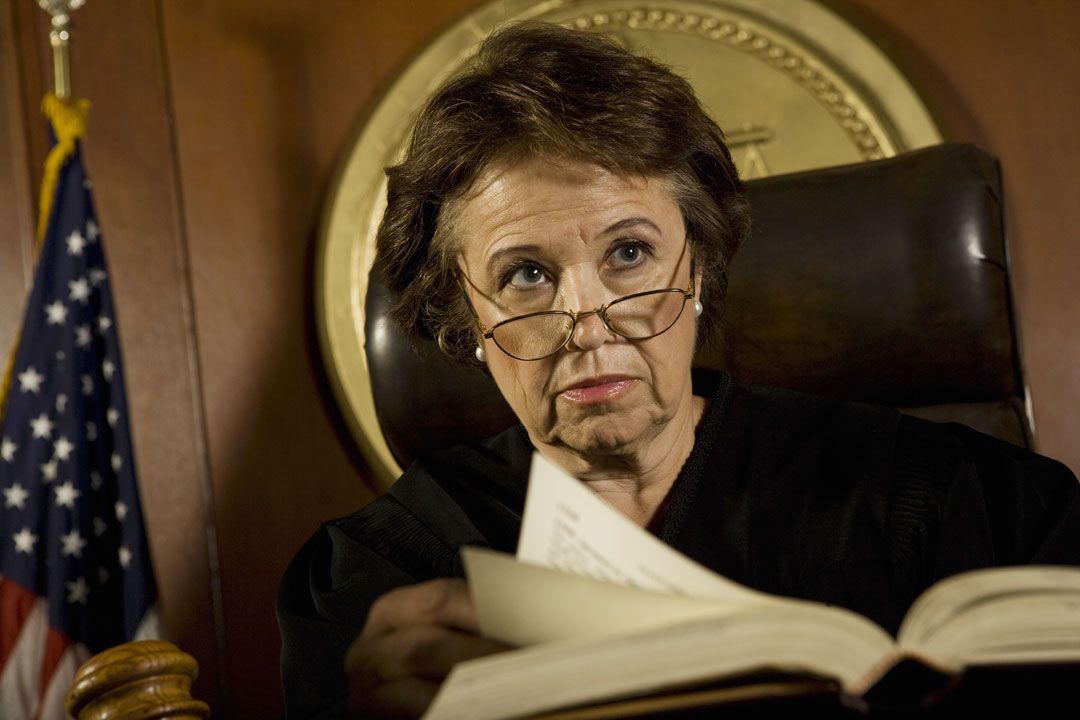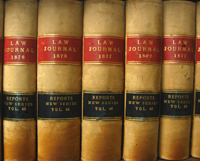 RIGHT TO PARTICIPATE IN THE LEGAL PROCESS
RIGHT TO PARTICIPATE IN THE LEGAL PROCESS
The right to participate fully in the legal process has many component parts. First, it involves the right to vote for those who pass the laws– suffrage, in other words. Next, it involves the right to serve in the legislature that passes those laws, either at the state or federal level.
Once laws have been passed, they are enforced through the court system. First, an individual must have the right to be heard in a court of law, to be a party in a lawsuit and to invoke the jurisdiction of the court. Second, an individual must have the right to represent themselves and/or others in that court. Third, an individual must actually serve in these capacities, rather than just being authorized to do so. Fourth, an individual must be able to serve on a jury deciding matters in the court (a right often tied to the right to vote). Finally, an individual must have the right to act as judge or judicial officer in that court.
All of these rights were given to women at various points by various states, but in no particular order. For example, a woman might have the right to sue and be sued in her own name, but be unable to serve on a jury deciding similar cases for other women. Or, as often happened, a woman might be able to act as attorney in a court, arguing the import of a given law, but be unable to vote in an election for the legislators who passed that law.
This topic will focus only on the history of two aspects of this patchwork– the right to practice law both inside and outside a court of law, and the right to serve as a judge in that court.
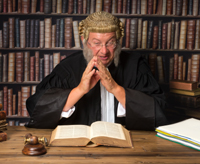 APPRENTICESHIP VS. FORMAL EDUCATION
APPRENTICESHIP VS. FORMAL EDUCATION
In the early days of the judicial system, there was only one method of learning the law– serving as an apprentice under a more seasoned lawyer. The modern equivalent would be the position of “junior associate” in a law firm; the trainee would undertake to represent clients, but only under the tutelage of a more experienced attorney. This system was still the primary method for entering the legal profession in the 1860s. The most famous lawyer who qualified as an attorney without attending law school was Abraham Lincoln.
U.S. law schools existed from 1780 on, the first being the College of William & Mary in Virginia. However, it was not until the American Bar Association was formed in 1878 that the push began for completion of a formal course of study prior to practicing law. Law schools were still relatively rare until the late 1800s, and few of them were interested in admitting women as students. Those who did, usually under duress, occasionally refused to issue diplomas to the female graduates, depriving them of the necessary credentials to continue their legal careers.
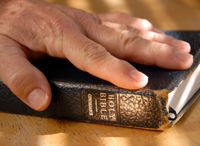 ADMISSION TO THE BAR
ADMISSION TO THE BAR
Irrespective of whether knowledge of the law was acquired by apprenticeship or formal education, most courts required formal admission to the local bar association before an individual could represent clients in that court. (There are a few exceptions to this requirement; see the next section).
Bar associations were reluctant to admit women, even after the women in question had passed the required exams. There are innumerable cases of women who passed the exam but were denied admission to the bar on the basis that the law was a profession “unbecoming a woman”, or that the state had the unfettered right to set criteria for the practice of professions, or simply “custom” (without any further explanation).
It was not until the 1890s, after women had repeatedly sued the profession, that they were finally admitted to the bar in a number of jursidictions both state and federal.
ALTERNATIVES TO BAR MEMBERSHIP
As noted above, the primary method of legal training in the 1800s was apprenticeship. This involved client contact and work on client files, although it did not usually permit court appearances. Most legal practice occurs outside the courtroom (even today), so the inability to appear in court was not necessarily a serious impediment.
Even when courtroom appearances were required, there were (and still are, in many jurisdictions) two primary exceptions to the rule that an individual must be a member of a bar association in a given jurisdiction in order to represent clients in a court of that jurisdiction.
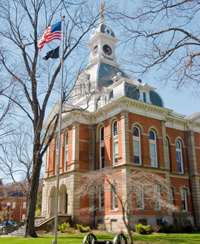 Practice at the County Level
Practice at the County Level
County courts, the functional equivalent of today’s municipal or administrative courts, often permitted representation of clients by individuals who were not members of the state court bar.
For example, the Chicago Legal News noted in February 1869 that one Mary E. Magoon had her own law office in the town of North English, Iowa. The article stated that, although Magoon was not a member of that state’s formal bar, such admission was often not needed for practice at the county level.
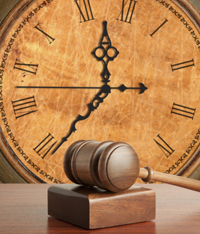 Temporary Appointment to Appear in Court
Temporary Appointment to Appear in Court
Particularly on the frontier, there were often too few qualified local counsel to handle the caseload, or the available attorneys had conflicts that precluded them from appearing in a given case. In some instances, the prospect of lucrative litigation was simply so tempting that out-of-state lawyers descended upon a given locale in droves.
Such was the case in Nevada, where representatives of the California Bar flocked to Virginia City, and were often up to their ears in the mining cases that almost continually occupied the courts. As a relatively new state, Nevada’s rules of court were still under construction until the late 1860s, so both detailed requirements and legal precedent for attorneys were lacking. In unsettled environments such as Nevada’s, women sometimes slipped into the courtroom as advocates.
Even today, attorneys licensed in one jurisdiction are sometimes permitted to make special appearances in courts where they are not licensed, although such appearances are most often as co-counsel with local lawyers.
WOMEN PIONEERS IN THE LAW
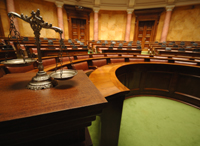 Other States and Federal Courts
Other States and Federal Courts
Arabella Mansfield
In 1869, Belle A. Mansfield became the first female attorney to join a licensed bar in the United States, in the state of Iowa. Mansfield “read the law” in her brother Washington’s law office, and although Iowa law at the time limited taking of the bar exam to males, Mansfield took the exam and passed with high marks. Mansfield did not actually practice law thereafter, however; she instead taught college and engaged in activist work.
Esther McQuigg Morris
In 1870, Esther McQuigg Morris became the first woman judge in the country when she was appointed justice of the peace in a Wyoming mining town. The position was vacated when her predecessor resigned to protest woman suffrage in Wyoming, which Morris had helped secure.
Ada A. Kepley
Ada A. Kepley was the first woman to receive an accredited law degree, in 1870, from the Union College of Law in Chicago, now Northwestern University.
Myra Bradwell
In 1873, Myra Bradwell sued in the U.S. Supreme Court for the right to practice law in Illinois. She already had extensive legal experience, having studied law with her husband. She was the founder and publisher of the Chicago Legal News, the top midwestern legal publication. She had taken and passed the bar exam, but had been denied admission.
The Supreme Court’s opinion makes scant reference to her gender, but the concurring opinion stated that “…[t]he natural and proper timidity and delicacy which belongs to the female sex evidently unfits it for many of the occupations of civil life.” The case itself was decided on the basis that a state had the right to set criteria for the practice of professions, including the exclusion of women.
What many viewed as a miscarriage of justice was corrected in 1890, when the Illinois supreme court, on its own motion, reconsidered her 1869 application and granted her the license, backdating its effect to the original application date. The U.S. Supreme Court, acting on the motion of the U.S. Attorney General, followed suit in 1892.
Belva A. Lockwood
Lockwood had studied at National University Law School (now the George Washington University Law School) and completed her course of study in 1873. However, the school refused to issue her a diploma, without which she could not apply for admission to the bar. She appealed to President Ulysses S. Grant, who prevailed upon the school to provide the necessary document.
In 1876 Belva Lockwood’s application to practice before the U.S. Supreme Court was denied on the grounds of “custom”. Lockwood, a licensed D.C. lawyer, then pushed for and obtained Congressional legislation in 1879 that established that women who practiced law must have access to the highest court in the land. She became the first woman member of the U.S. Supreme Court bar on March 3, 1879.
The following year, she became the first woman lawyer to argue a case before the U.S. Supreme Court.
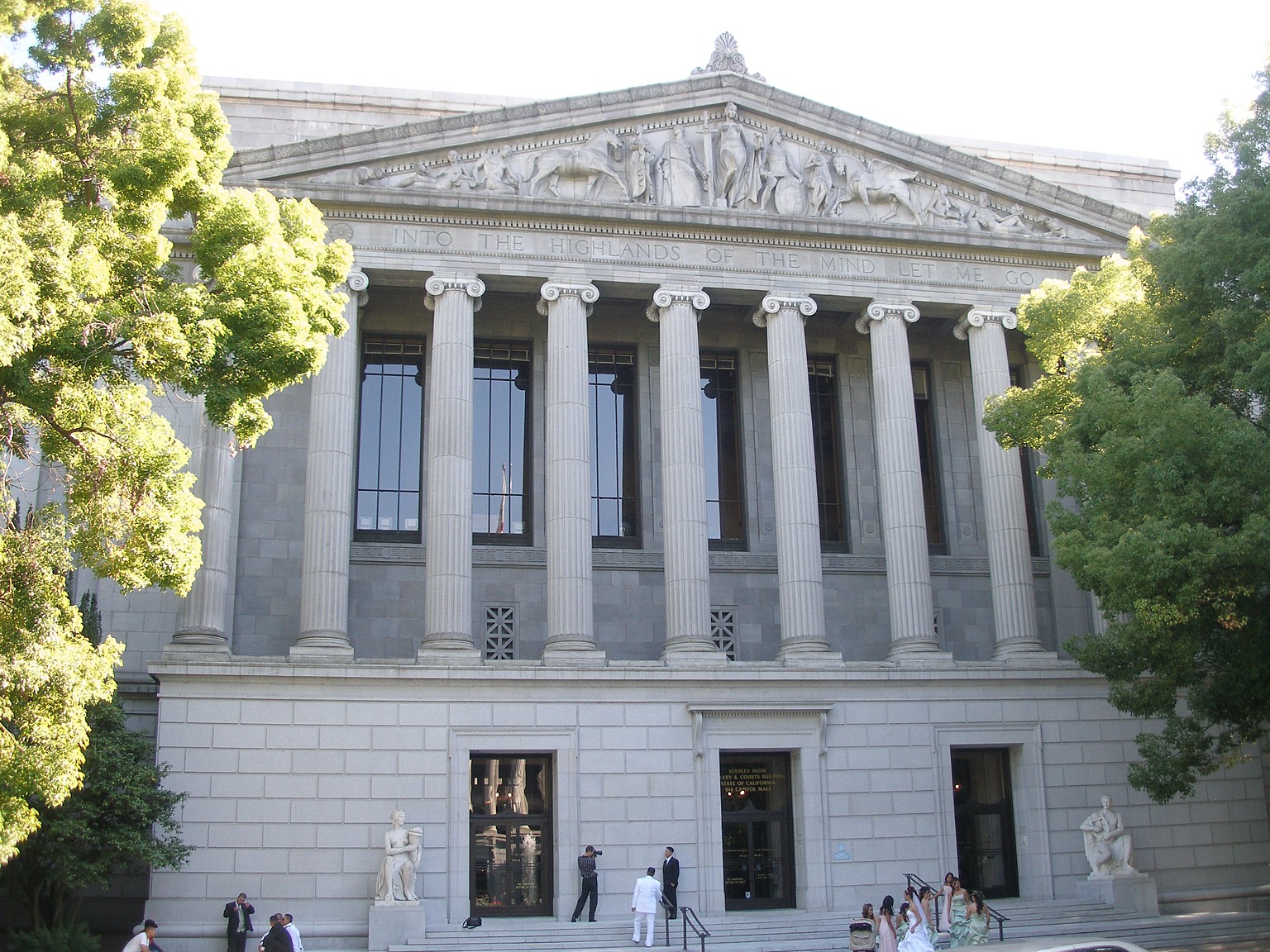 California
California
Clara Shortridge Foltz
Clara Shortridge Foltz was the first woman lawyer in California, passing the bar exam and being admitted in September 1878.
She wanted to further her formal education, however, and wanted to attend the recently-opened Hastings College of the Law. In 1879, she and her colleague, Laura de Force Gordon (see below), were briefly admitted to the school, but the two were quickly barred, in part because the school’s Dean claimed that their “rustling skirts” distracted the male students. The women filed and themselves argued a lawsuit that persuaded the state’s Supreme Court to reverse that decision.
Foltz practiced law in California and later in New York as a corporate lawyer. She was a popular public speaker, suffrage advocate, and promoted the first public defenders in the state. Foltz’s career was even more remarkable given that, at the time, she was a single mother raising five children.
In 2002, the Criminal Courts Building in downtown Los Angeles was renamed the Clara Shortridge Foltz Criminal Justice Center.
Laura de Force Gordon
Laura de Force Gordon began her career as a popular public speaker on the subject of spiritualism, at that time a topic much in vogue on the speaking circuit. She moved west to Nevada in 1867, and in the late 1860s gradually shifted the focus of her talks from spiritualism to women’s rights.
She joined her colleague, Clara S. Foltz in supporting the Women Lawyers Bill, which in 1878 granted women the right to practice law in California. The two women also promoted the inclusion of Article XX, Section 18, of the Constitution, prohibiting state law from barring women in any profession.
Gordon was admitted to the California Bar on December 6, 1879, and practiced as a San Francisco lawyer in the fields of general and criminal law. Gordon became the second woman admitted to practice law before the U. S. Supreme Court on Feb. 2, 1885, following Belva Lockwood.
The Grass Valley Union described her in 1867 as “the lady talks like a book though she looks like a woman.”
IMAGE: Coolcaesar [GFDL (http://www.gnu.org/copyleft/fdl.html) or CC-BY-SA-3.0 (http://creativecommons.org/licenses/by-sa/3.0/)], via Wikimedia Commons
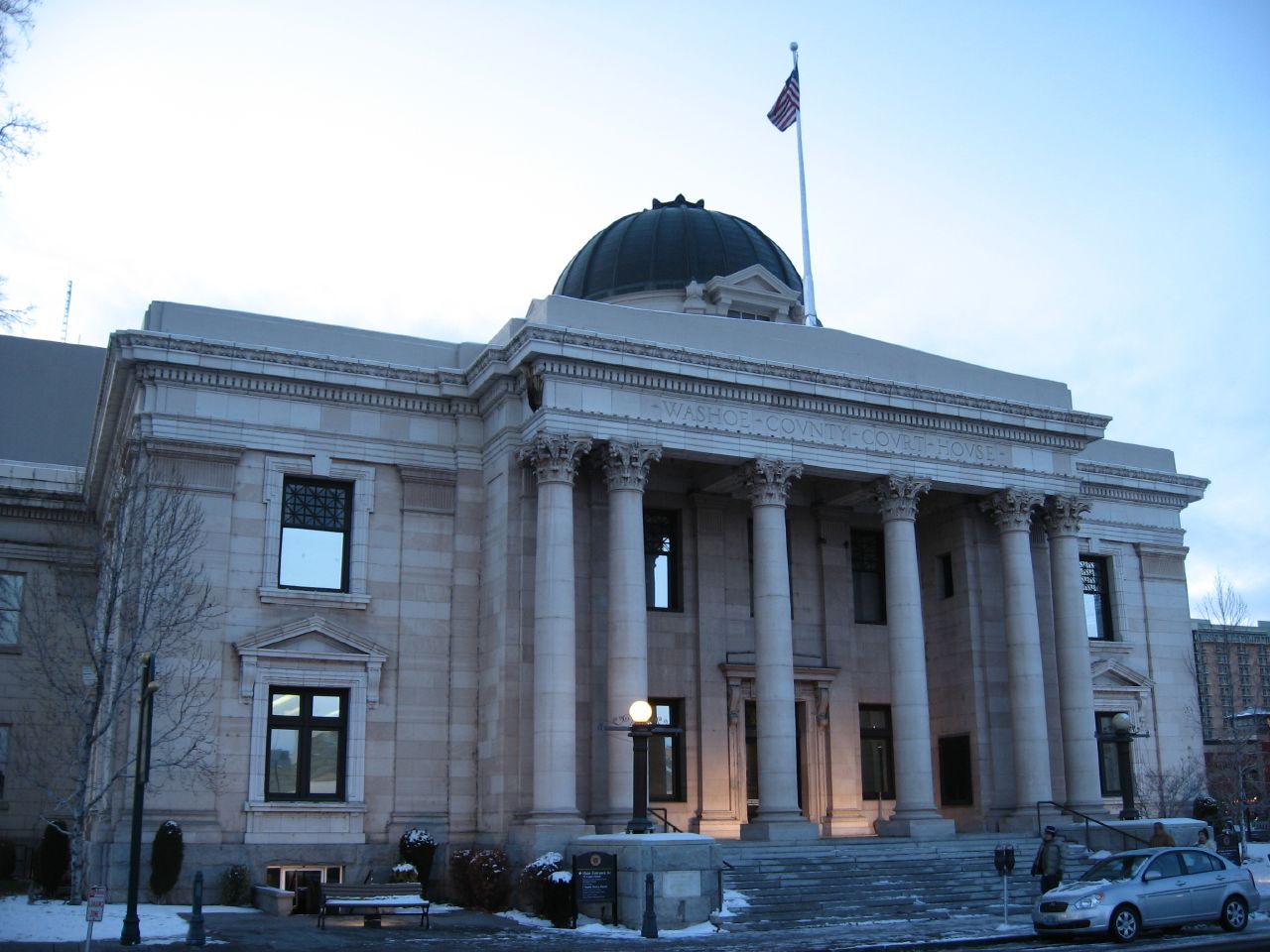 Nevada
Nevada
Laura May Tilden
Laura was the first woman to pass the Nevada bar following the 1893 change to the statute which allowed females to practice law. She was 22 years old when she passed the bar exam on July 23, 1893. She was the daughter of a Virginia City attorney and likely studied law in his firm. She apparently did not practice law in Nevada, however; she and her father opened a law firm in Sacramento, California; she later practiced law in Denver, Colorado as well.
Gertrude Grace Grey
Gertrude Grace Grey was the second woman to be admitted to the Nevada bar, on April 4, 1898. It is not known whether she actually practiced in that state or not, however.
Georgia J. Johnson
Georgia J. Johnson is the first woman lawyer known to have actually practiced law in that state. She was admitted to practice on July 30, 1898 and appeared as counsel in many Nevada cases, including the Paiute war claims.
IMAGE: By Ken Lund [CC BY-SA 2.0 (http://creativecommons.org/licenses/by-sa/2.0)], via Wikimedia Commons
FURTHER READING AND OTHER REFERENCES
Babcock,Barbara. Woman Lawyer: The Trials of Clara Foltz. Stanford, California; Stanford University Press, 2011.
Harris, Gloria G; Choen, Hannah S. Women Trailblazers of California. Charleston, S.C.; The History Press, 2012.
Hoff, Joan. Law, Gender & Injustice. New York; New York University, 1991.
Morello, Karen Berger. The Invisible Bar. Massachusetts: Beacon Press, 1986.
(Posted November 2016)
